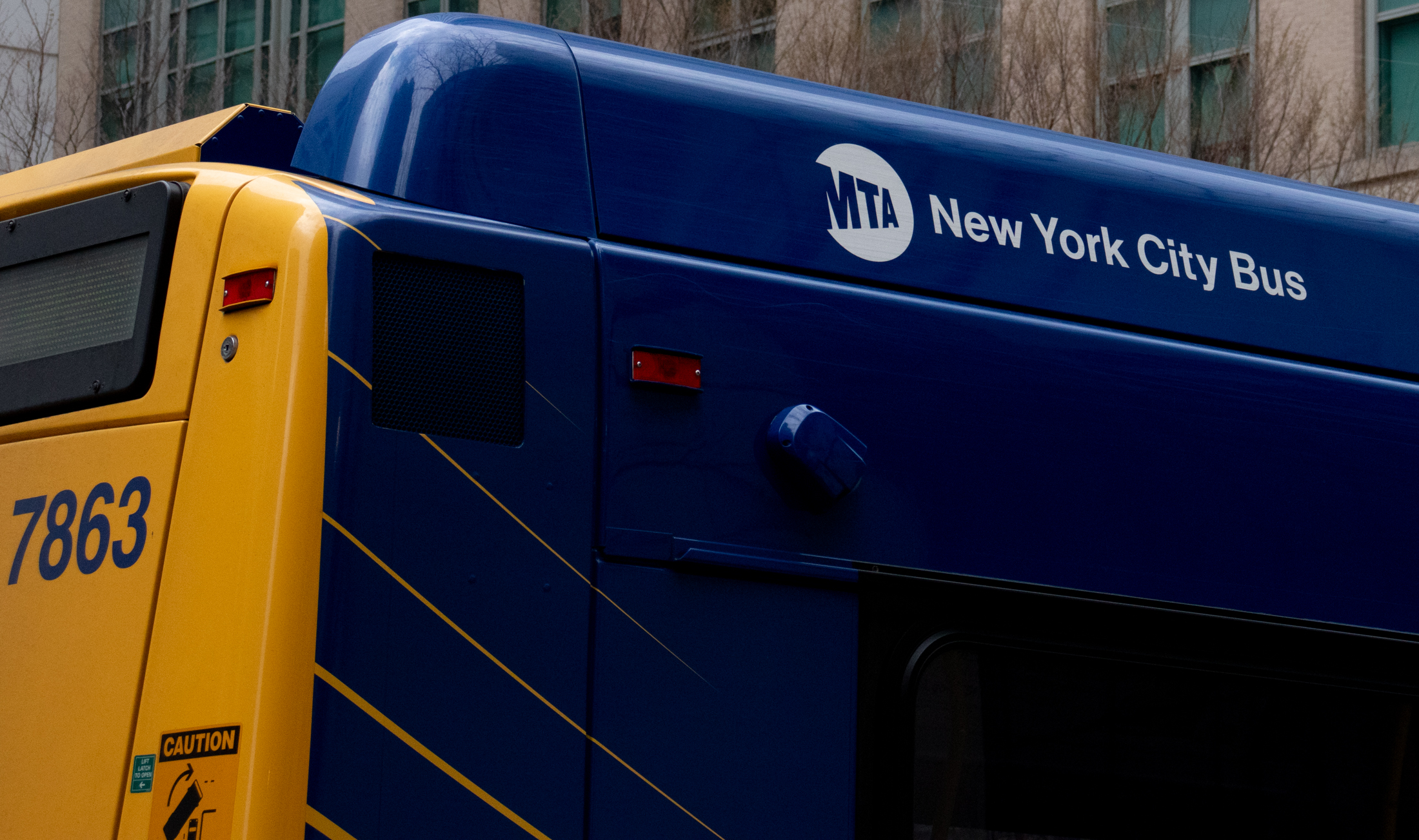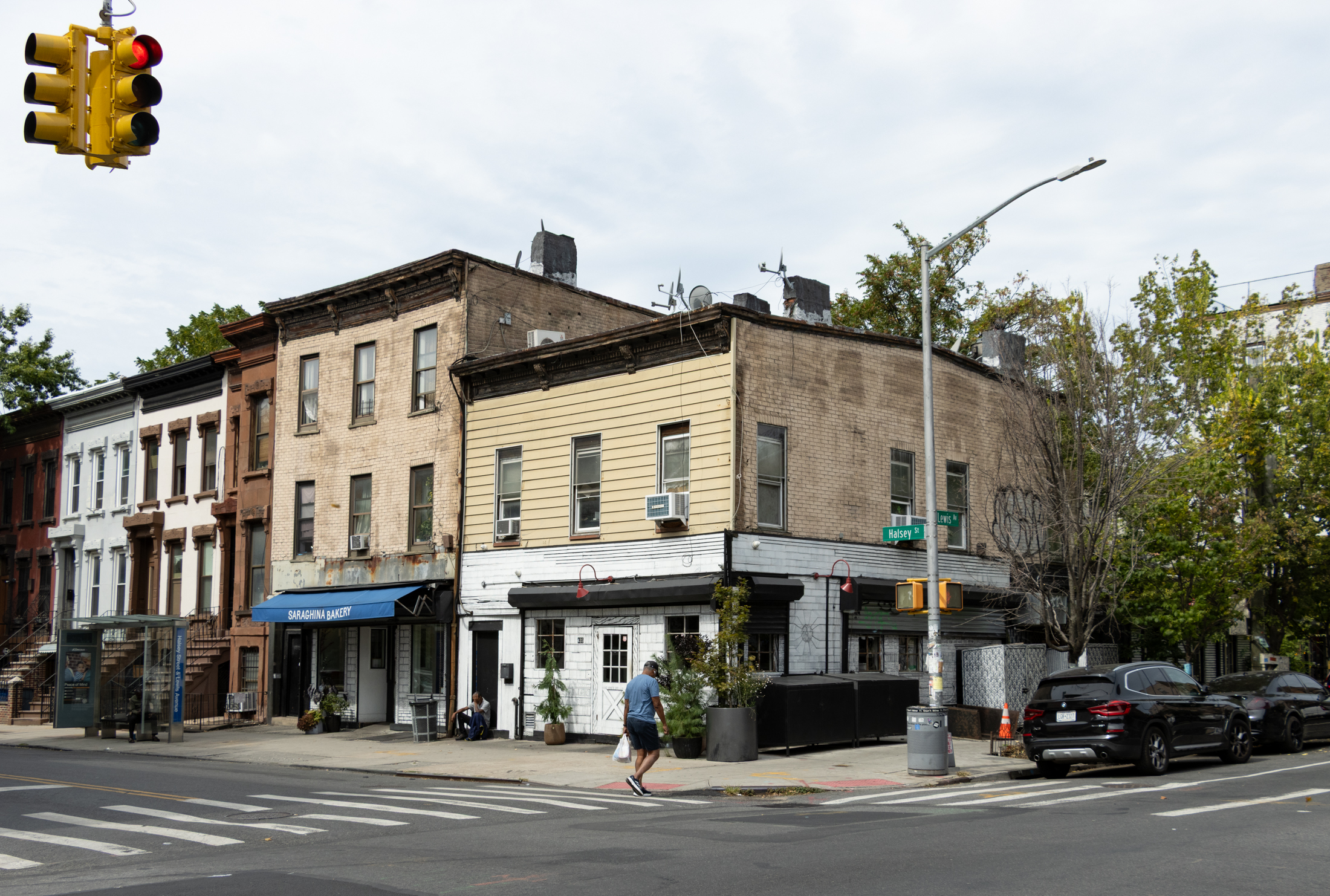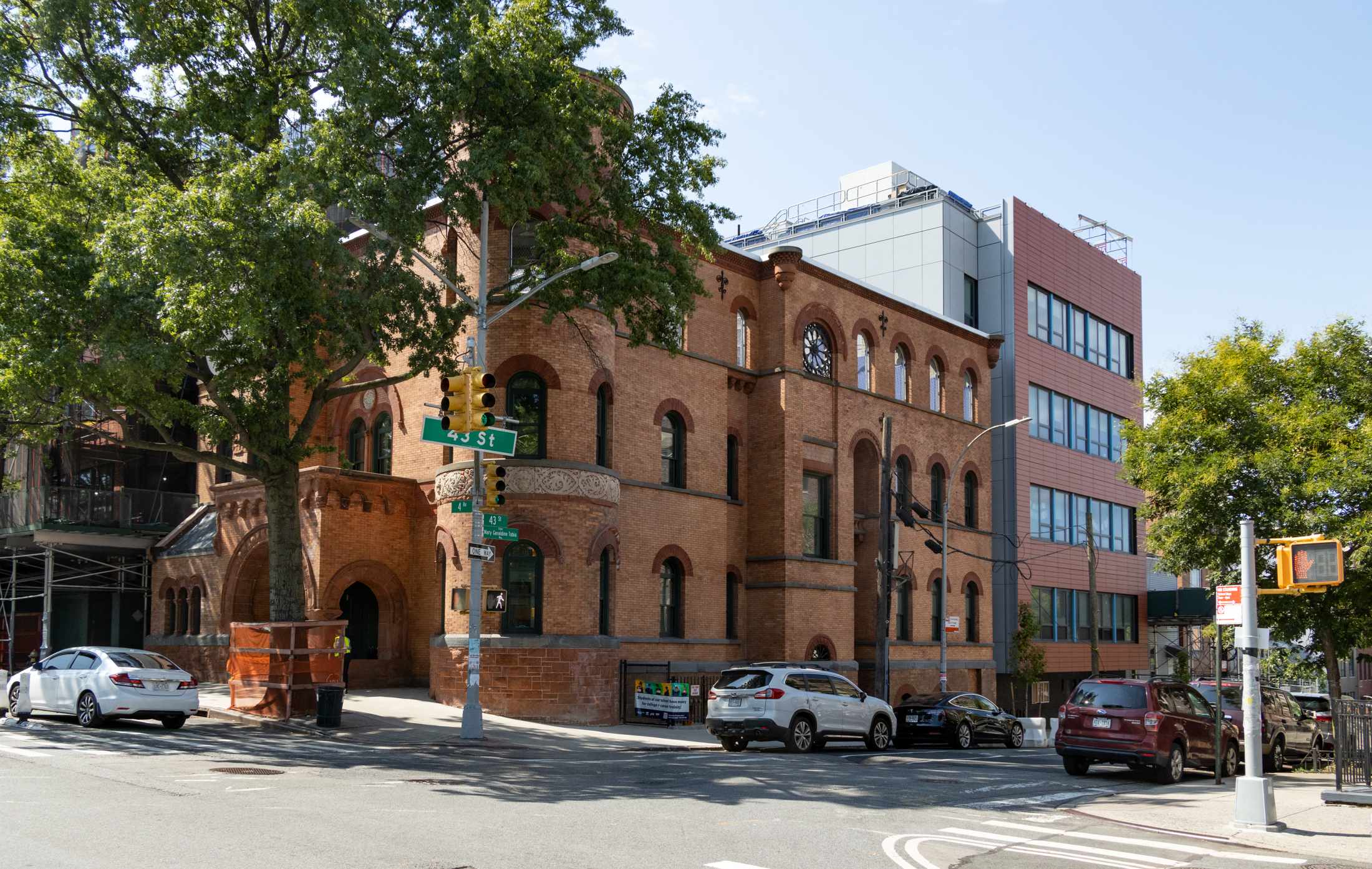HUD Official Speaks the Unspeakable: Selling The Projects
As we’ve mentioned before, rumors about the privatization of certain public housing projects in parts of rapidly gentrifying areas of Brooklyn have been circulating for a couple of years. Most recently, we wrote about the theory that the Ingersoll and Whitman Houses in Fort Greene were being emptied in anticipation of such a move; it’s…


As we’ve mentioned before, rumors about the privatization of certain public housing projects in parts of rapidly gentrifying areas of Brooklyn have been circulating for a couple of years. Most recently, we wrote about the theory that the Ingersoll and Whitman Houses in Fort Greene were being emptied in anticipation of such a move; it’s also not hard to imagine something similar happening at the Farragut Houses, given their close proximity to Dumbo, the most expensive neighborhood in Brooklyn. Given what a politically and emotionally charged issue this is, however, no public official has ever said anything in its favor, as far as we know. But, on Tuesday, Sean Moss, the regional administrator for the federal Housing and Urban Development Department, went out on a serious limb. In light of the New York Housing Authority’s dismal financial position (an annual shortfall of $200 million), he said, selling public housing buildings in the most upscale areas could make sense. “It may displace some people, and that is a concern,” Moss said. “That is not necessarily a bad thing if you can create more housing [elsewhere] with that.” We’ll see whether political pressures force him to backpedal in the coming days.
Feds Eye NY Building Sale at Housing Projects [NY Daily News]
Bye Bye Public Housing, Hello Luxe Condos? [Curbed]
What’s Really Going on at the Ingersoll Houses? [Brownstoner]





Montrose Morris/Brower Park/Crown Heights Proud –
Below market rate? That hardly demonstrates that you are renting to low-income tenants, as suggested above. For example, $1500/month is below market rate for many neighborhoods, but it is still well beyond the reach of most poor and working-class New Yorkers.
Once again, do as I say and not as…
Ultimately, the projects were a bad idea from day one, well-intentioned though they are. Crappy planning and design is half the reason they’re as dangerous as they are. With a six-year waiting list and income limits (not to mention spiking citywide rents), there’s no incentive for people living in the projects to try to make more money — and the living quarters they’d end up in, even with money, would be smaller than the space they have in NYCHA.
Frankly, I’d be fine with giving everybody in the projects the apartment they already lived in. Turn them into PCV or Stuytown models. It wouldn’t be any less fair than the current insane waiting list, anyway. They should also be building in the parking lots (like they are) — not only is it silly for the government to subsidize discretionary expenses like parking in the urban core, but those big empty parking lots don’t do much for safety, and aren’t doing anybody good as pavement.
First of all, to get the extreme idiocy out of the way first, 1:13 – I love how people come up with silly statements of unreality like yours, especially since you don’t know what I do with my life or property. As if my 2 apartments in my house would solve any kind of housing crisis, anyway, and by the way, they are both rented at less than market rate to people who cannot afford more, so I think you need to shut up on that account. So what are you doing for the cause?
Secondly, Benson, if all you got from my posts was some kind of error about who lives in what project or neighborhood, I think you have seriously missed the point. You say I argue on emotion, but then you dismiss the citings of an expert, because you don’t agree with him. That doesn’t make him wrong, or you right.
I am no fan of huge housing projects for many reasons, but my contention is that this system is better than simply razing them and letting people fend for themselves. New York is not Chicago, and I am sure that those people in Cabrini-Green did not simply disappear into the mist. The people, the problems, simply relocated in other low income neighborhoods, not a viable solution, by any means.
Yes, we need to break the pan generational cycle of poverty. But that is not done by simply removing people’s homes, however humble or awful, from underneath them. That’s not even going near the fact that these buildings are now sitting on primo real estate. If we are talking about redistributing the subsidized housing stock in Brooklyn, then let’s have a discussion about the enormous projects in Brownsville, or the Gates Avenue corridor of projects in Bed Stuy, as well as the now valuable land and waterfront views in Fort Greene and DUMBO, as well as the choice pickings in Chelsea. This really isn’t about housing and welfare reform, it’s about big money, developers and real estate.
NO ONE WANTS TO ANSWER 2:28 BECAUSE THEY DO NOT WANT THESE SO CALLED “GHETTO PEOPLE” IN THEIR NABES SO WHY OFFER THE OPPORTUNITY TO THEM,
“CAN YOU PLEASE GIVE ME A SOY LATTE LIGHT AND SWEET”
FREAGIN YUPPIES,,,
Point is, people should move to areas they can afford. Heartless, sure. Rent control for the poor and the rich is counterproductive and unfair to those who can’t get that favored foot in the door, be it by lottery or “key-money”.
12:48
Asking an elder to move out of the only home they have lived in for over 50 years is dramatic. Talk to an elder – they are reluctant to make changes even when they are unable to take care of themselves. Many are alone. So if they are relocated to the suburbs, how are they going to get around, get to their doctor appointments, do their food shopping, etc.? Would you feel the same way if your grandmother was the one being “relocated?†All I can tell you is what an elder told me, “just keep living!†If you live long enough, you will find out for yourself!
so im glad we have all come to a consensus:
tear down all housing projects within the next 12-18 months.
thanks for playing, and come again!
…So we need fewer public housing complexes. QED.
Anyone who thinks these NYCHA projects are equitable and fair is insane. Do you know how hard it is to get into one of these shitty housing complexes? My best friend’s brother has been on a waiting list for a Manhattan or Brooklyn apartment for over 6 years, and he works 3 jobs, he’s not on welfare. In the meantime, he’s moved to the Bronx where he’s found an apartment he can afford.